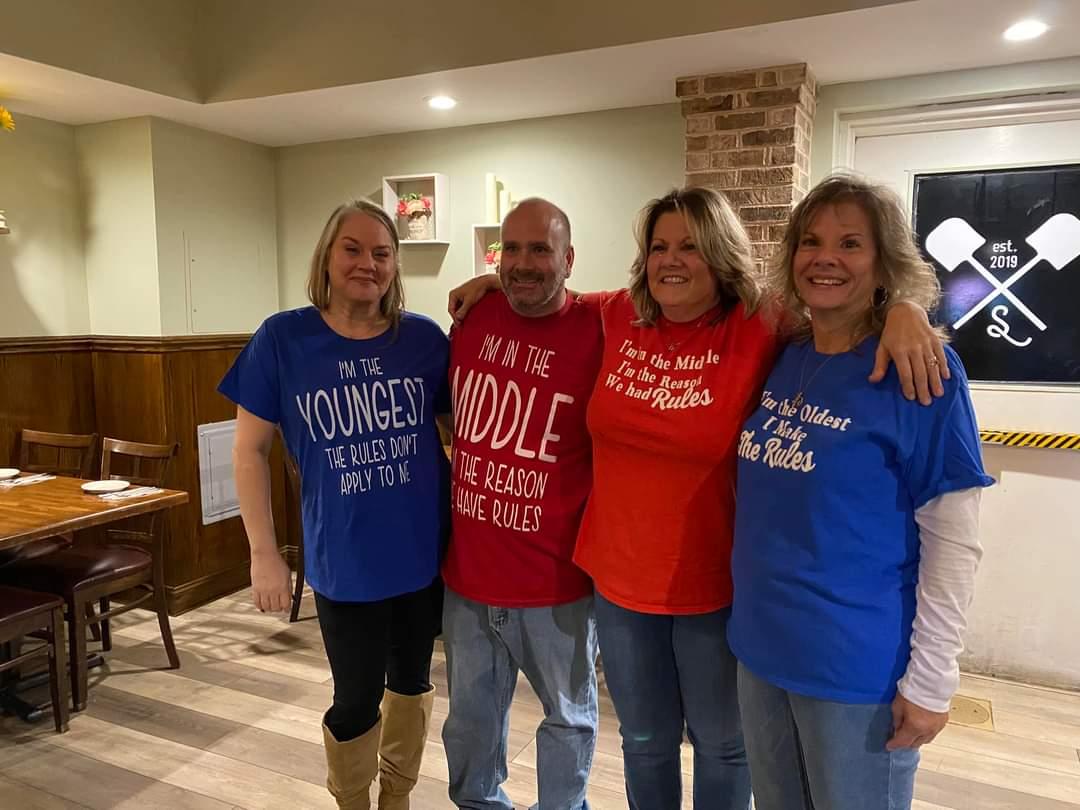November is National Diabetes Awareness Month, so we wanted to share Bob’s story with you about how learning about his genetic risk for type 2 diabetes gave him the motivation to take charge of his health.
By Amanda McCorquodale
When he retired from nursing Bob Rodriquez felt great, but he thought he should do more to be healthier. 
At his yearly check-ups, his fasting blood sugar registered in the pre-diabetic range of 106 to 110, and that concerned him.
“ I always thought that if I stay active and don’t do anything in excess, maybe I won’t develop diabetes,” said Bob, who lives in Pleasant Hill, California.
A Wake-Up Call
But it was when he read his 23andMe Type 2 Diabetes report showing an increased likelihood of developing it that really motivated him to make a big change.
“It was a wake-up call,” Bob said. “I could no longer pretend that just continuing my usual habits would necessarily keep me from developing diabetes.”
In light of his results, Bob decided it was time to do something to try and lower his likelihood of developing type 2 diabetes.
“I started looking deeper into it with resources like the National Institute of Health, which says that as you get older, your risk of diabetes increases,” says Bob, who recently turned 65.
Taking the First Steps
After reading his 23andMe health report, Bob learned about steps he could take to reduce his likelihood of developing type 2 diabetes.
“There were (many) modifications you could make,” he said. “I learned that if you just reduce your weight by 7 percent, for example, it would be a fairly significant reduction in risk. I found that really encouraging.”
During his nursing career, Bob worked in critical care, and he saw patients who suffered from diabetes for years. Often those people developed heart and kidney disease. He also saw patients who had kept their diabetes in check with diet and exercise. It was a lesson on how important a role these habits play in your health.
Setting a Goal
At 5’ 7” and 189 pounds, Bob said he had a body mass index (BMI) of 29.6 which is deemed overweight, according to the NIH.
“And you’re considered overweight when it’s above 25,” he said. “Going below 25 BMI felt unattainable to me. Yet I felt I could drop 7 percent of my weight and reduce my risk of developing diabetes. I even decided to push for a 10 percent weight loss.”
In addition to exercising more, Bob made some significant and consistent changes in his diet.
“My eating habits aren’t too bad but there are some foods that I definitely needed to eliminate,” he said. “I love white rice, for example, but it gives such a spike to your glucose, so I finally transitioned to brown rice.”
A Few Small Changes
Instead of eating three big meals a day, Bob now eats a big breakfast and then four smaller meals throughout the day. He also became more mindful when eating, opting not to stand and eat a sandwich, for instance, but to sit down and really focus on what’s on the plate.
“It made a difference when I could concentrate on just eating and chewing,” he explains. “It lets my body and mind recognize and feel the satisfaction of having something to eat.”
Bob has already lost 15 pounds but he’s experienced a small plateau in his progress.
“I watched a great episode of Nova about how once you gain weight, the body wants to stay there,” he said. “Their point wasn’t that you shouldn’t try, but that it’s not a sprint, it’s a marathon. It’s important to make fundamental lifestyle changes to persist through the plateaus.”
Health in the Time of COVID
His weight loss journey started at about the same time as the shelter-in-place precautions due to the coronavirus pandemic. He admits that staying home took away certain temptations such as stopping for fast food while running errands or getting together with friends for drinks and meals at restaurants. The ample time at home also gave him the chance to cook and prepare foods of healthy portions and ingredients.
“For me, the timing has actually been fortunate,” he said.
Taking Time to Give Back
In addition to losing weight and minimizing his diabetes risk, Bob has been spending the months of shutdown finally organizing his garage as well as volunteering with the American Red Cross.
“My wife and I did get deployed during the latest fires here in Northern California,” he said. “Most of the evacuees were placed in hotels. As American Red Cross nurses, we were able to provide health services to those clients over the phone to adhere to coronavirus precautions.”
As for his weight loss, even though he’s already met the 7 percent goal, he’s not going to stop there. Learning of his increased likelihood for type 2 diabetes, got his attention and motivated him to lose weight, Bob said.
“While getting to my goal of 10 percent weight loss is more difficult than I anticipated, I’m not discouraged. I continue to work on the lifestyle changes I’ve made and feel that if I continue to stay the course, I will hit that goal.”
Amanda McCorquodale is a freelance writer. Her work has appeared in Gourmet, Miami Magazine, and Mental Floss. She previously worked as an associate editor at the Huffington Post and as an Arts and Culture Editor at the Miami New Times. She lives in New York with her family. Previously she wrote a three-part series on her own DNA journey with 23andMe.




